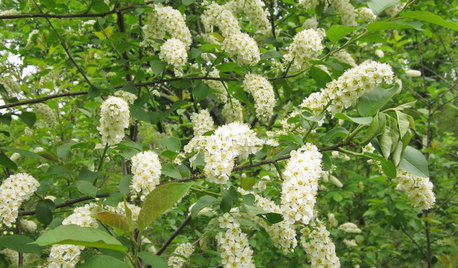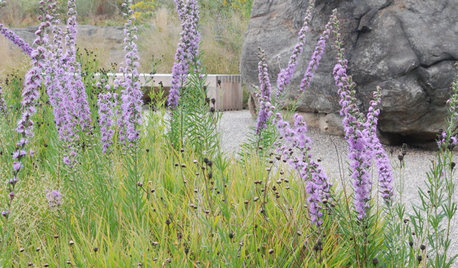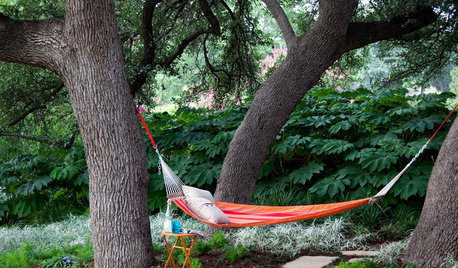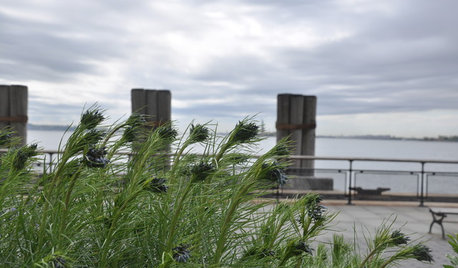Good native tree choice for yard?
rembetika
10 years ago
Related Stories

NATIVE PLANTS5 Ways to Keep Your Native Plant Garden Looking Good All Year
It’s all about planning ahead, using sustainable practices and accepting plants as living organisms
Full Story
LANDSCAPE DESIGNFlood-Tolerant Native Trees for Soggy Soil
Swampy sites, floodplains, even standing water ... if you've got a soggy landscape, these trees are for you
Full Story
TREESNative Plant Alternatives to Invasive Common Buckthorn
Learn how to identify and control this aggressive plant, and what to grow in its place
Full Story
INSPIRING GARDENSNative Plants Inspire and Educate at NYC's Botanical Garden
Stroll through the new Native Plant Garden with us to get great ideas for plant choices and sustainability
Full Story
GARDENING GUIDES8 Essential Native Shade Trees for the U.S. Southeast
These beauties provide cool shade in the summer and easily withstand the heat and humidity of the South
Full Story
GROUND COVERSNative Alternatives to English Ivy, Japanese Pachysandra and Periwinkle
These shade-loving ground covers are good for the environment and say something about where you are
Full Story
GARDENING GUIDES10 Native Wildflowers With Unique Foliage
When the flowers fade, these leaves keep the garden looking good
Full Story
GARDENING GUIDES15 Native Flowers That Feed Native Bees
These perennials offer superfood to hundreds of bees and are gorgeous in their own right
Full Story
GARDENING GUIDESHow to Find the Right Native Plants for Your Yard
Find plant maps, sale sites and guides that make going native in the garden easier than ever
Full Story
GARDENING GUIDESPlant Black Cherry Trees for the Birds and Bees
Plant Prunus serotina in the Central and Eastern U.S. for spring flowers, interesting bark and beautiful fall color
Full StoryMore Discussions






lou_spicewood_tx
wantonamara Z8 CenTex
Related Professionals
River Forest Landscape Architects & Landscape Designers · Saint Charles Landscape Architects & Landscape Designers · Harvey Landscape Architects & Landscape Designers · Pottstown Landscape Contractors · Cincinnati Landscape Contractors · Flagstaff Landscape Contractors · Hayden Landscape Contractors · Las Vegas Landscape Contractors · Parkland Landscape Contractors · San Carlos Park Landscape Contractors · Shirley Landscape Contractors · Tavares Landscape Contractors · Tigard Landscape Contractors · Dracut Window Contractors · Greenwich Window ContractorsrembetikaOriginal Author
wantonamara Z8 CenTex
lou_spicewood_tx
phoenix7801
phoenix7801
wantonamara Z8 CenTex
rembetikaOriginal Author
wantonamara Z8 CenTex
lou_spicewood_tx
wantonamara Z8 CenTex
gmatx zone 6
gmatx zone 6
bostedo: 8a tx-bp-dfw
mattm01
texanjana
lou_spicewood_tx
daninthedirt (USDA 9a, HZ9, CentTX, Sunset z30, Cfa)
bostedo: 8a tx-bp-dfw
Outlook2013
wantonamara Z8 CenTex
lou_spicewood_tx
wantonamara Z8 CenTex
lou_spicewood_tx